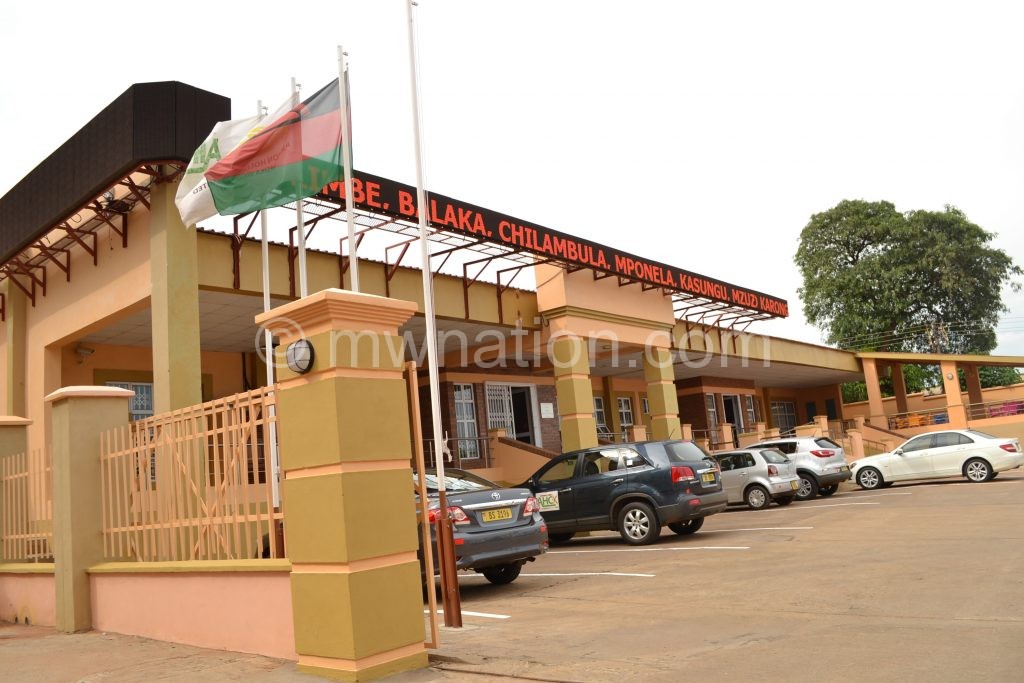AHCX touts its role in commodity marketing
AHL Commodities Exchange (AHCX, a marketplace for agriculture produce, has reaffirmed the value of the market at this time of harvest, saying it offers best returns on grain and legume farming investments.
Currently, AHCX is facilitating trades in maize, soya beans, groundnuts, sugar beans and sunflower and expects deliveries for pigeon peas to start this month.

AHCX communications manager Thom Khanje said in a statement Tuesday with all agricultural commodities on high demand due to reduced output occasioned by El Nino in the just-ended rainy season, farmers have the opportunity to profit from their sweat if they sell their commodities through the commodities exchange.
“AHCX provides the best option when it comes to selling agricultural produce as the nature of the exchange ensures that sellers get the best prices prevailing on the market for the day for any commodity on offer.
“It is a trading system that allows for processes to discover the real price of the commodity and this information is instantly publicised to give all players an opportunity to make informed decisions,” he said.
Khanje said by empowering sellers with trading information, they make significant bargains when trading, stressing that where a farmer is not satisfied with the prevailing price, they can still access cash from the bank using AHCX’s warehouse receipt facility arrangement with various commercial banks.
At the bank, farmers can obtain cash equivalent to 70 percent of the value of their commodity based on current prices to repay when they sell at a higher price later.
AHCX keeps the commodity for the farmer in a warehouse for a period of three months.
A subsidiary of AHL Group, AHCX is one of two commodities exchanges in Malawi. The other is Agriculture Commodities Exchange (ACE) for Africa.
A number of countries in Africa are setting up commodity exchanges to develop agricultural markets and improve food security.
For instance, east African economies such as Kenya and Ethiopia have similar markets.
According to Forbes, when Ethiopia set up its now famous commodity exchange in 2008, few foresaw the ripple effect it would generate—least of all its founders.
But in five years, the Ethiopian Commodity Exchange (ECX) has convinced stakeholders that bourses can improve food security in Africa, and has catalysed global dialogue about the development of agricultural marketplaces across the continent.
AHXC, which was established in 2013, seems to be going in that direction and has introduced standardised contracts and trading systems.
Earlier, Farmers Union of Malawi (FUM) president Alfred Kapichira Banda said AHCX is an ideal market that has offered an alternative for farmers in the face of decreasing demand for tobacco on the global market.
He said the commodities exchange is the best avenue that farmers should utilise to gain maximum returns.





